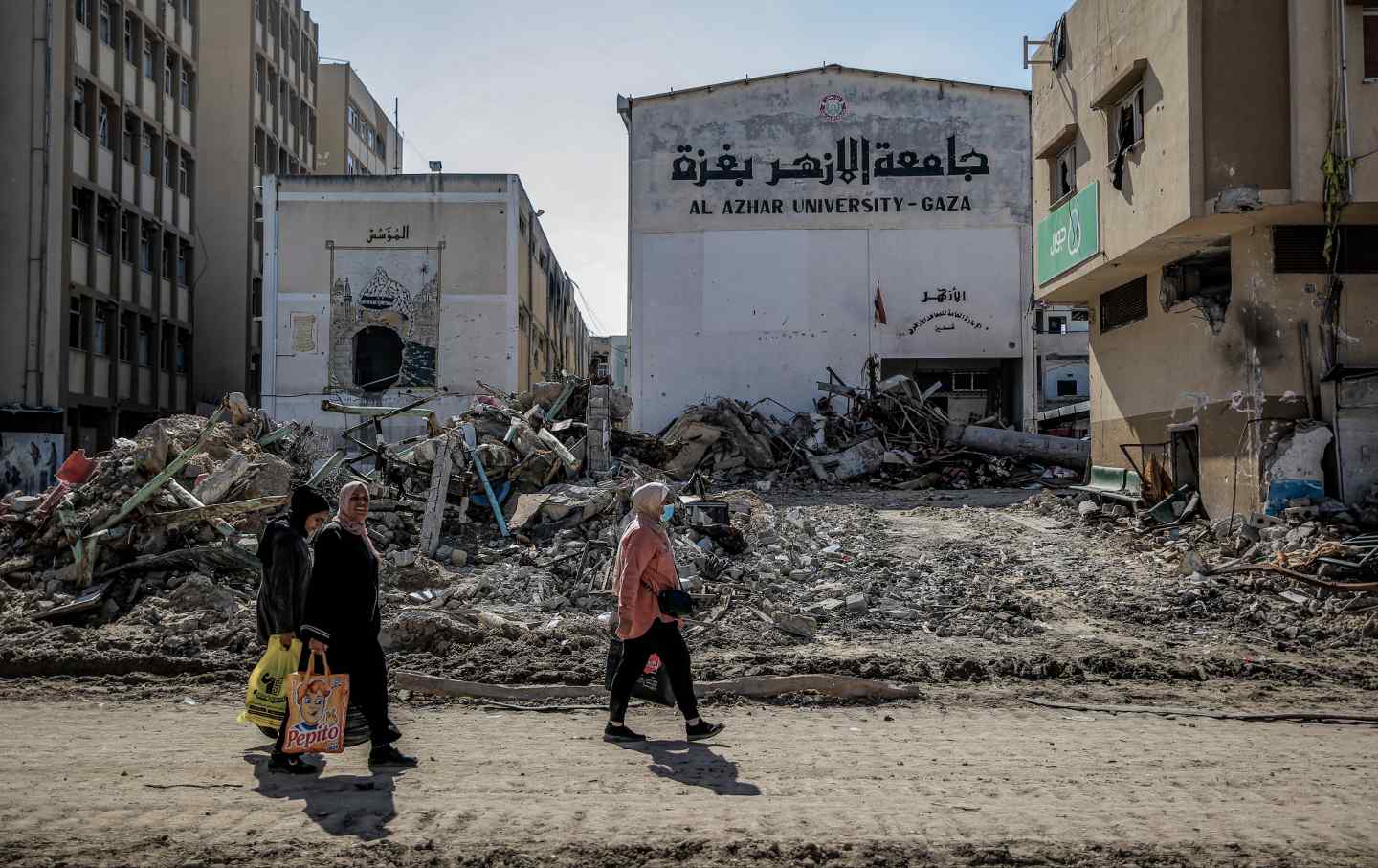“The path forward beyond the first phase of the agreement is fraught with challenges and remains unclear,” she says. The three-phase ceasefire deal places the reconstruction of Gaza as the final phase, following a permanent end to the war. Dima Toukan, a nonresident scholar at the Middle East Institute, says it’s important to acknowledge that […]

“The path forward beyond the first phase of the agreement is fraught with challenges and remains unclear,” she says.
The three-phase ceasefire deal places the reconstruction of Gaza as the final phase, following a permanent end to the war. Dima Toukan, a nonresident scholar at the Middle East Institute, says it’s important to acknowledge that this last phase could be a long way off — or never happen at all.
Water, sewage and electricity systems are all vital. Gaza relied heavily on desalination plants to supply water before the war, but many have been destroyed. Meanwhile, since the start of the war, the electricity infrastructure has virtually collapsed, according to the United Nations. Restoring those services will be difficult.
Instead, wealthy Gulf states such as Qatar may have to step in, he says. Even so, “without a large cohort of donors committed to the long-term recovery of Gaza, reaching [the billion] mark will be difficult,” he says.
Simply clearing debris will be a monumental task. Not only are there massive amounts of rubble to contend with, but it will have to be carefully handled for such things as unexploded ordnance, says Mark Jarzombek, an architectural history professor at the Massachusetts Institute of Technology.
What is the scope of the destruction?
/
“This would need to be led (at least ostensibly) by a Palestinian partner,” Toukan says. The only viable partner is the much maligned Palestinian Authority, which she says has “a record of poor functionality and does not enjoy much legitimacy amongst Palestinians.”
Gaza will likely emerge from the conflict without a functioning government. Even if Hamas remains intact, it will be severely weakened after Israel’s relentless targeting of its leadership, and the Islamist group’s grip on the territory will likely be tenuous at best.
/
Beginning in 1948, a series of refugee camps in Gaza have already become more or less permanent communities, she says. “They built cinder block homes and other buildings where their tents had been, all in this initial footprint of a tent camp.”
Beginning in 1948, a series of refugee camps in Gaza have already become more or less permanent communities, she says. “They built cinder block homes and other buildings where their tents had been, all in this initial footprint of a tent camp.”
Beginning in 1948, a series of refugee camps in Gaza have already become more or less permanent communities, she says. “They built cinder block homes and other buildings where their tents had been, all in this initial footprint of a tent camp.”
After more than 15 months of relentless Israeli air and ground assaults on Gaza, many of the tiny Palestinian enclave’s 2 million residents are homeless and scrambling to obtain basic necessities. If last week’s ceasefire holds, experts caution that rebuilding the devastated territory will take decades and cost tens of billions of dollars.
















